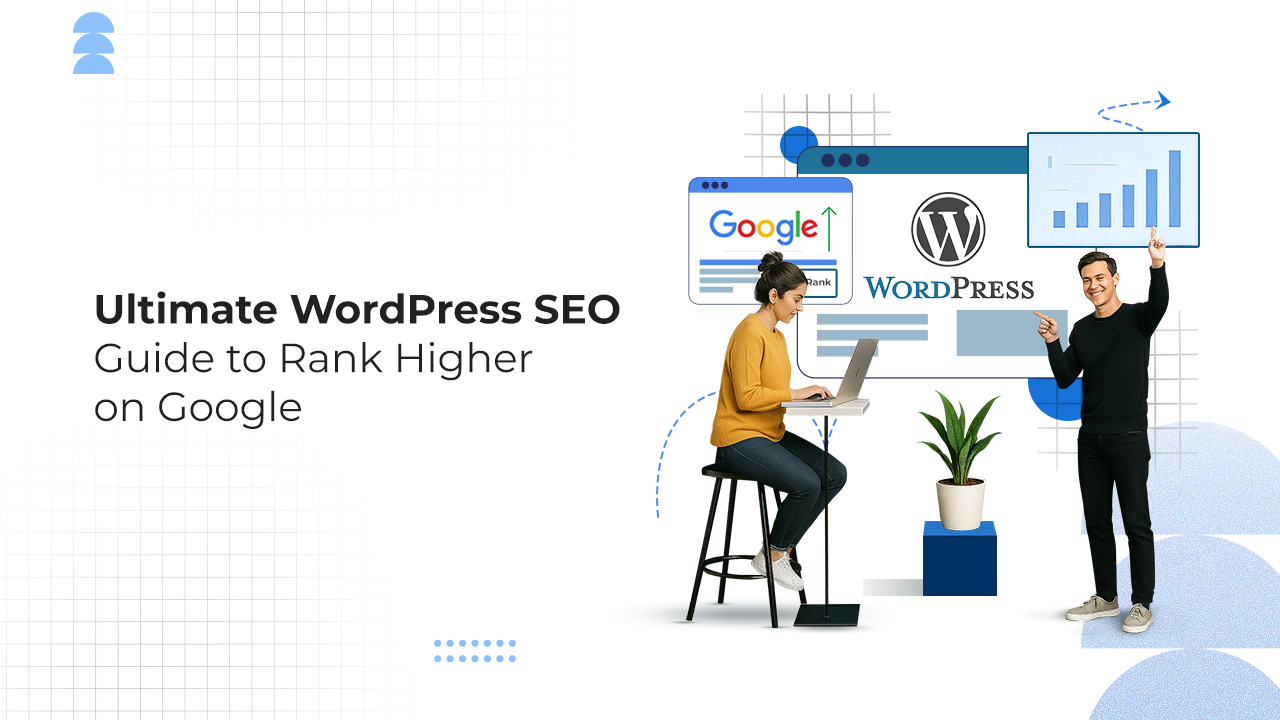
SEO Essentials To Garner Maximum Traffic For Blog Post
Introduction
The world of blogging is fast growing. Long informative blog posts are often the easier way to grab the attention of the users. Take it from expert bloggers; if you write a well informed, illustrated blog of say more than 10 thousand words, then it is surely your ticket of grabbing the maximum attention and thousands of followers.

Well the formula is simple that is what we think. Getting traffic is not such an easy job as super long, in-depth articles does not fulfill the needs of the SEO. There are lots of SEO criteria which certainly need to be taken care of. These will help your content rank better; get you more visibility driving traffic to your site.
Here Are SEO Essentials Which Is Must For Every Long Form Blog Post.
1. Keyword Research

Just mere writing the blog is not enough. It is certainly important to focus on the keywords which are certainly specific to your topic. To play safe, it is always better to go for lower competition keywords.
Try using Google Keyword Planner to make the best use of it.
2. Insert Long-Tail Keywords
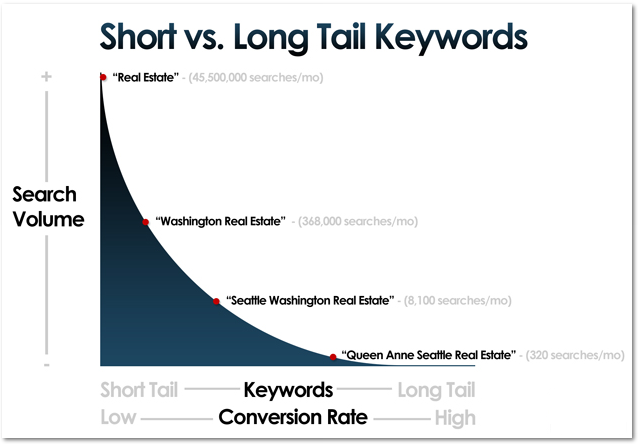
Selecting the right keywords are very necessary for your blog. The best option will certainly be using long-tail keywords. Long- tail keywords are super specific as they have three to four keyword phrases which are specific to the topic of the blog.In fact Google itself suggest you searches in the form of right long-tail keywords.
3. Making Use Of The Right H1 Tag
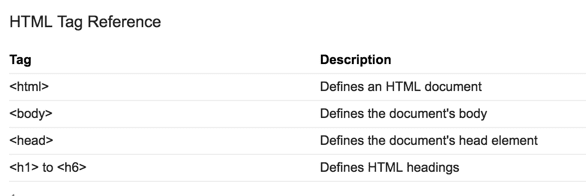
What draws the attention of the reader is the title of the blog which one is reading. It will give an idea about what your blog is about. The right h1 tag will surely bring the much needed difference as it will help the search engine to identify and simultaneously index your content making it easily available for the user.
There are certain things which should be present in your h1 tag.
- There should a long-tail keyword
- The title should be between 20-70 characters.
- Briefing the user what the article is about.
4. Detailing The Right Subheadings
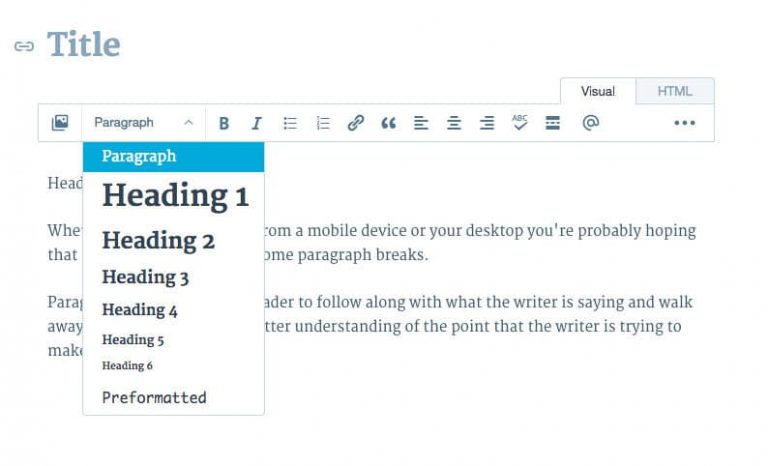
Proper well defined subheadings help to navigate users throughout the content. Proper subheadings break your article into easy-to-understand better chunks.But here is a certain precaution to be maintained. Do not stuff the keywords in each and every spot as they classify it as keyword stuffing. In short, with better subheadings users can move better throughout the content.
5. Bringing In Schema Markup
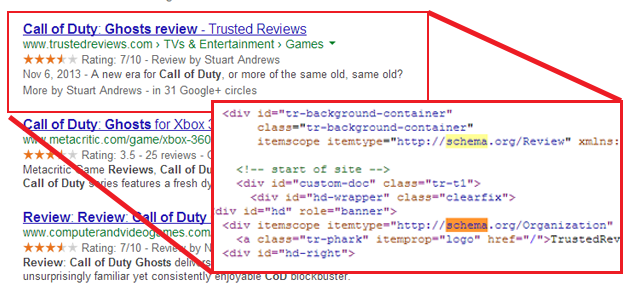
For better analyzing your content, schema markup is the right code which should be used. It effectively breaks down your content telling the search engines what definitely those parts clearly define.
The right way to do so is to go to Google?s Structured Data Markup Helper and then select Articles option and try copy pasting the URL of the blog and start tagging effectively.
In the next page, there are two panes where the right pane is the markup tool. Here is where you start marking it all up.
6. Sharing The Content With Right Influencers For Gathering Effective Back Links
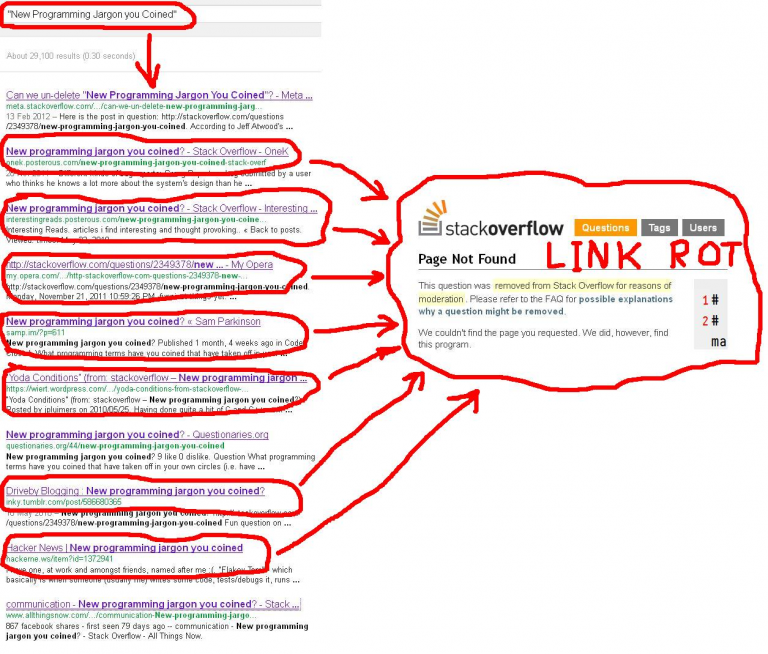
Grabbing the attention of the influencers is very profitable as you can get back links from them driving traffic to your website. Just make the right pitch to the website as you certainly cannot afford to be too pushy.
Get the right approach of gathering the right be it a social share or any share on the social networks or any link on the blog post. If the desired influencer likes the content then he or she will give you the back link which you want.
7. Optimizing The URL
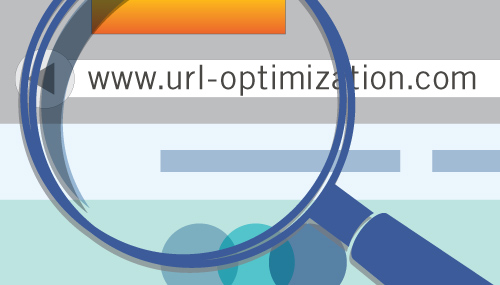
Cleaner and shorter URLs provide the best possible user experience as well as help the search engine too. Moreover the URL should contain the keyword you are targeting be it long-tail or focused keywords.
In short get the right URL which contains the keyword you desire for.
8. Creating Outbound Links

The simple way to enhance the SEO of the post is outbound links. Now if the topic is super rich with in-depth information then more and more links can be used. But certainly do not use a link in each and every paragraph.
9. Inserting Internal Links
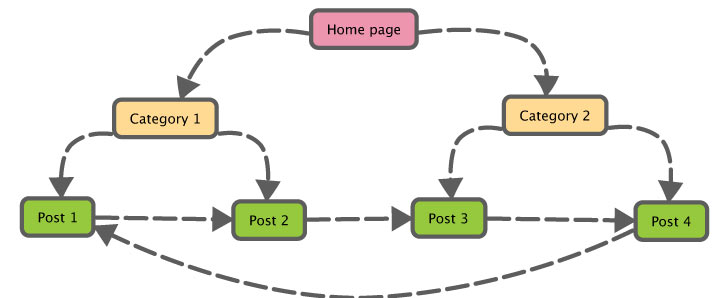
Not only outbound links but also internal links are very important for SEO. In fact most of the time, they are usually overlooked as a part of on-page SEO.But remember that your own site should be linked as compared to other website. Just aim for 2-4 internal links in each and every post.
10. Make Use Of LSI Keywords
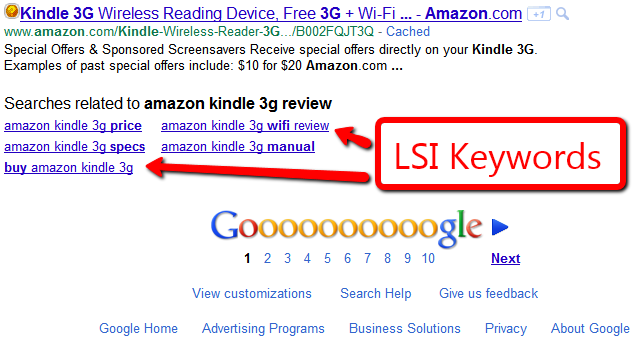
The term LSI means latent semantic indexing where you can use keywords which are similar to the keywords which are focused.
Take for example; if the keyword is SEO services then LSI keywords will be Best SEO services and SEO services Company.
There is again an easier way to find these: LSIGraph.com as it will provide you with the right set of options.
11. Use The Right Title Tag
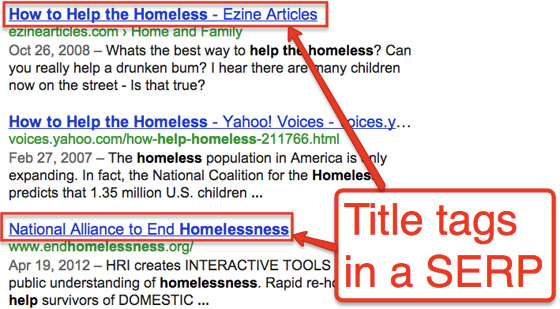
For any blog, title tag is very important as it is the first thing one will see or find on search engine. It is the title at the end of each result in the search engine results page (SERPs) Keep in mind that title tag is actually different from page titles as define a benefit and is usually stuffed with a keyword which is in focus.
Keep in mind that title tag is actually different from page titles as define a benefit and is usually stuffed with a keyword which is in focus.
12. Building An SEO-Friendly Meta Description
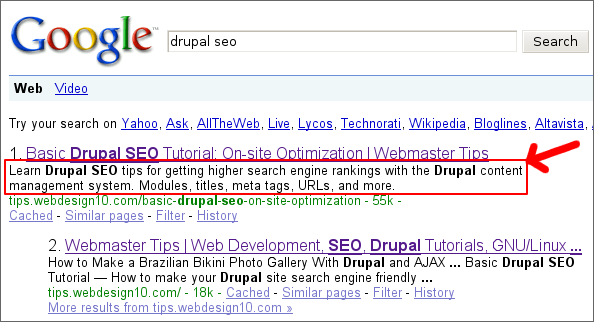
Title tag and Meta description go hand in hand helping the page to stand out in the SERPs.
A perfect Meta description should be
- Short in about 135-160 characters
- Certainly should include the focus keyword
- Be focused and descriptive.
- Be truthful and convincing enough for the reader to check out the page.
A Meta description should be brief summary about what the page is about.
13. Making The Website Mobile Friendly

The first and foremost step of creating a website which is mobile friendly is creating a responsive design. But you will also have to think about how the website will appear on the website. Content which make use of short sentences and paragraph and paragraphs no more than 3-4 sentences will surely give best readability on mobile.
Try using media and white space for breaking up the article as this will give the readers better view. Do not forget h2 or h3 subheadings making the content more mobile-friendly.
14. Keep In Mind The Site Speed
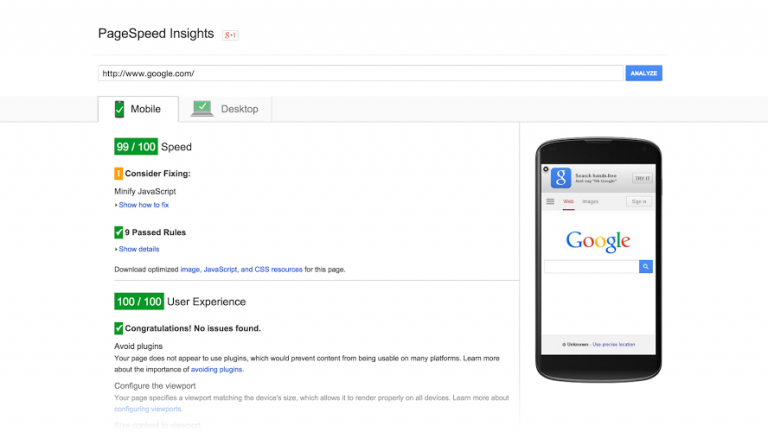
Unless you want lose traffic for your website, the site speed should be pretty fast. Try to reduce your server response time and try to enable compression which will increase your site speed.
Conduct a speed test on desktop and mobile for the better operation of your blog.
15. Optimizing The Body Content As Per Your Keywords
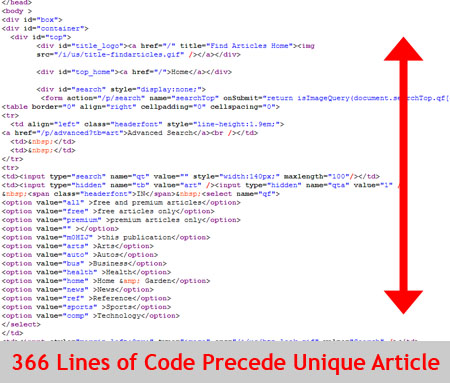
Mix and match the keywords in the body of the article. Do not forget to mix it with long-tail as well as LSI keywords. Try using the keywords at the beginning and end of the posts.
16. Try Using The Focus Keyword Early On

It is very necessary that the keyword appear in the first 100-150 words of the blog. This surely has great benefit as it will help Google crawl your content and understand that the focus keyword is very important.
17. Keep In Mind The Keyword Frequency
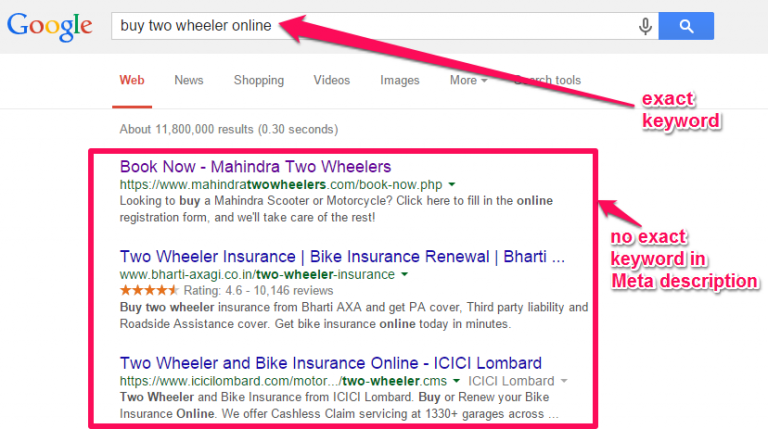
The term keyword frequency is the number of times the keyword appears in the content. If the blog post is of medium length try using the keyword 4-6 times but similarly if it is the case of long-form blog post, try using the keyword 4-6 times. Make sure to use both long-tail keywords as well as LSI keywords.
18. Learning About The User Intent

Knowing about the user intent is what makes the keywords effective. If you are well aware of the user intent then you can better optimize the keywords.
User Intent can be broadly classified into three types.
- Navigational intent means he or she is trying to get to a particular site or page.
- Informational intent means the reader or user is looking for information.
- Transactional intent means he or she wishes to make a purchase.
19. Try Using LSI Keywords In The H2 Subheadings
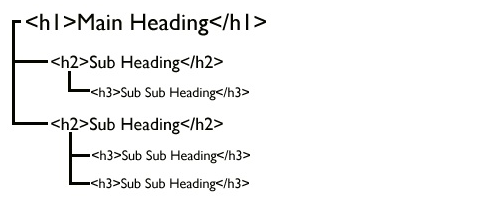
You can easily enhance SEO by just making small change trying using h2 subheadings breaking up the content as well as naturally using the LSI keywords.
20. Keep The Social Buttons Easy To Find
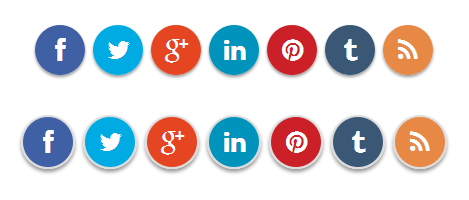
If you can get social shares then it will surely get you free links. So bring the social sharing buttons at a place where it is easier to find- in short increasing the visibility of social sharing buttons.
21. Make Use Of Featured Snippet
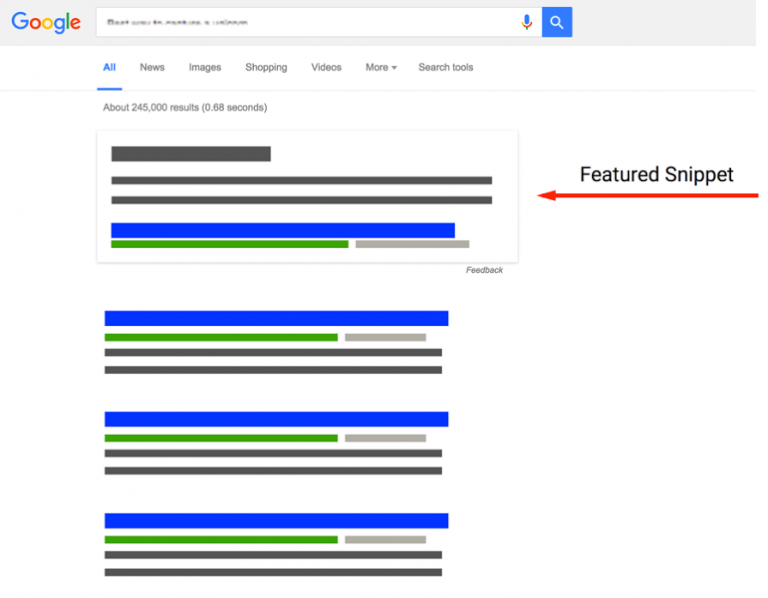
With the use of featured snippet, you can easily be on page 1 of Google. Featured snippets are those areas which will display to you the preview of the content as well as answering a question.
22. Use The Anchor Text In The Right Way
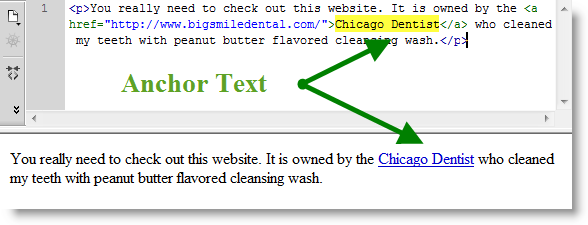
Never use the exact anchor text as it is the common reason why Google often penalize sites if it is overused.
23. Try Syndicating Your Content
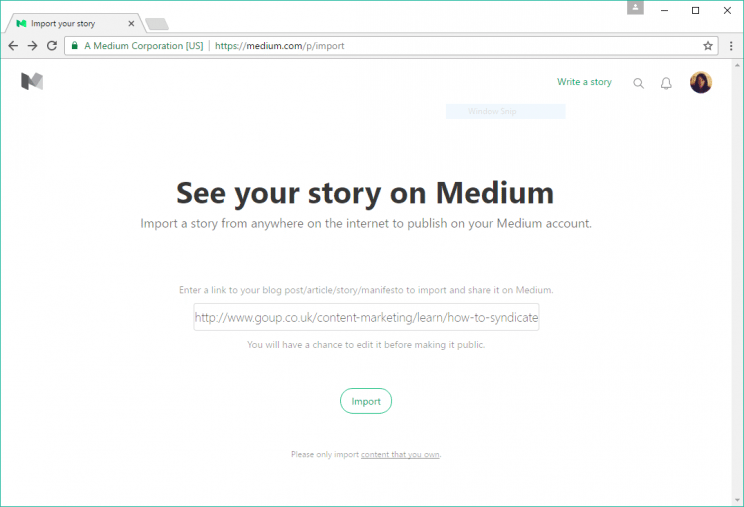
The fear of duplicity is always there when the content is syndicated. But there are ways to syndicate the content without having chance of getting penalized. Try syndicating those posts which are of certain interest to your targeted readers.
You can make use of Medium or LinkedIn where your blog could be syndicated.
24. Try Using Title Modifiers
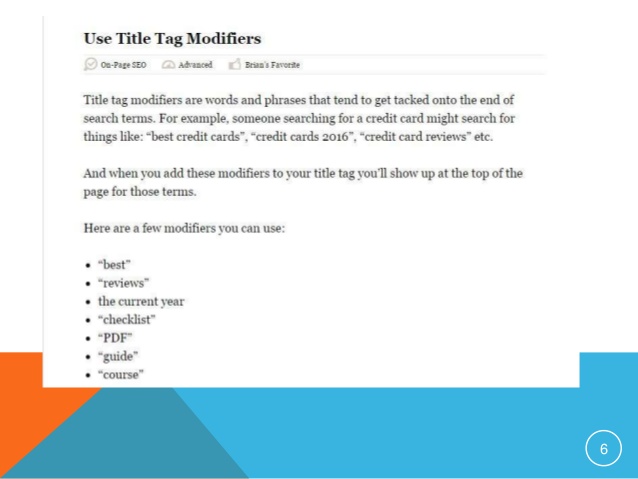
There are certain words which when added to the title can drive in more traffic and will also let you create long tail as well as LSI keyword at the same time.
Take example of such common words like
- Best
- Review
- Fast
- Checklist
- Tips
- Simple
- Affordable
25. Make The Title Tag And H1 Tag Different

Title tag and h1 certainly do not have to identical. For better SEO focus keywords should be used in both but in one try using long-tail keyword and phrase match keyword in another.
This will help to rank better.
26. Keep The Content Long Form

Well long-form content is certainly not just 1000 words instead there are minimum 2000+ words plus or sometimes 3000+words.
But remember; do not unnecessary drag the content.
27. The Content Should Be Informative
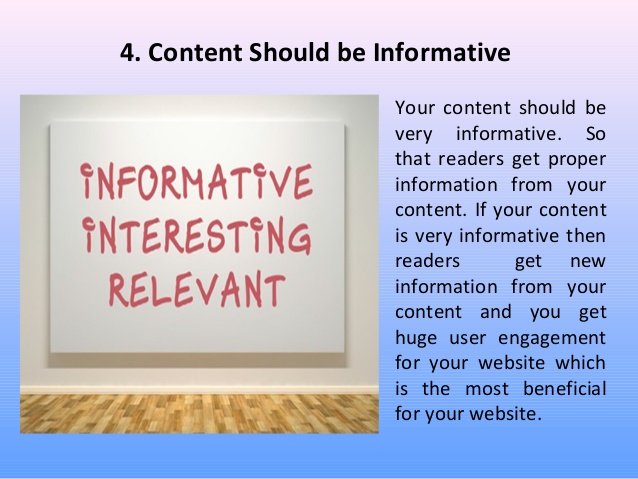
Last but not the least; make sure that the content is well informative and comprehensive. Try focusing on some important points and do not go into extreme details.
Just keep track of what kind of content Google needs in the search results.
Conclusion
Long form content surely does work but if it is effectively coupled with solid SEO, your content will surely have the best possible wider reach.

 Ecommerce Development
Ecommerce Development 

![31 Latest Web Development Trends in 2023 [Updated] – Webskitters](https://www.webskitters.com/wp-content/uploads/2025/02/6391951191af02680036e736_31-Web-Development-Trends-Featured-Banner.jpg)


